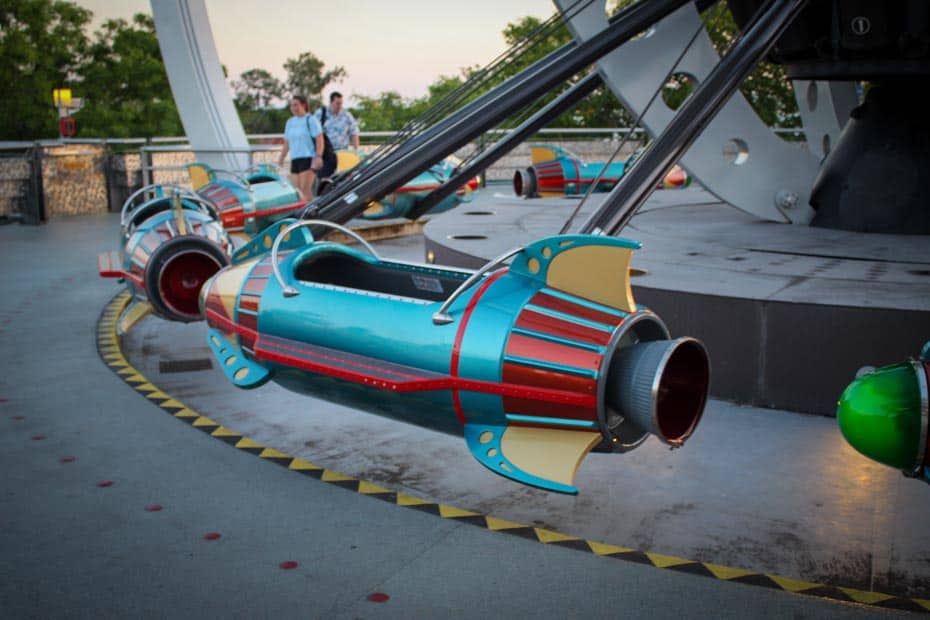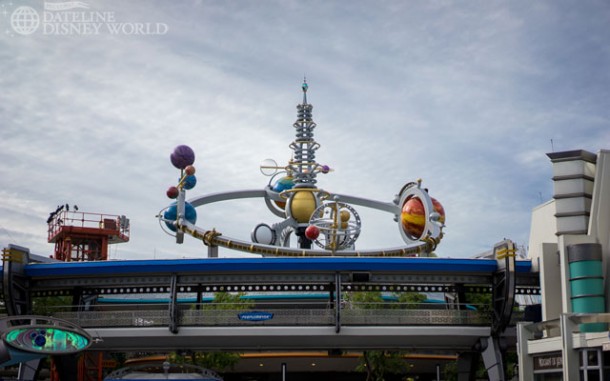
26), after nearly seven months since I saw it fly over my roof, InSight landed on the dusty surface of Mars. JPL’s “lucky peanuts” at mission control obviously paid off. The last failed NASA mission to Mars was nearly 20 years ago (the Mars Polar Lander in 1999), everything else since - Mars Odyssey, the two Mars Exploration Rovers, Mars Reconnaissance Orbiter, Phoenix lander (InSight’s twin), Curiosity, MAVEN - have all been resounding successes. But in recent years, NASA has beaten the odds and landed all of their surface missions and inserted a bunch of satellites into orbit successfully. NASA likes to play up the dangers of sending missions to Mars - and I can’t blame them more Mars missions have failed than have succeeded. As soon as I saw its rocket plume, the mission became “real” and InSight was warmly embedded in my emotions. Needless to say, I quickly became invested in this space robot, but before I witnessed its launch from afar, it was another anonymous piece of cold space hardware. And then it was gone the first ever mission to Mars launched from California was on its way into interplanetary space.

After I’d seen confirmation via the live-stream video of launch from Vandenburg Air Force Base (130 miles to the northwest of my home in Woodland Hills), I stood precariously on a patio chair to get a better view over my roof and… there it was! A bright plume rising and moving very fast toward the south. Going outside, I looked to the northwest in hopes of glimpsing the light of the Atlas V-401 rocket as it rose into the dark pre-dawn skies.

I was following the launch feed from my office in the early hours of the morning - lift-off was just after 4 a.m., so I was particularly proud that I hadn’t fallen asleep in my home office. I was thrilled to be able to see the mission launch on May 5 from my backyard. It’s funny how our perception of the robots we send into space changes with the experiences we have with them. The view from InSight’s Instrument Deployment Camera (IDC) that is attached to its robotic arm Author Ian O'Neill Posted on FebruFebruCategories Astroengine news, Featured Articles, Mercury Magazine, NASA Jet Propulsion Laboratory Tags NASA, NASA Jet Propulsion Laboratory, NASA JPL, scicomm, science communication 7 Comments on I Dared a Mighty Thing: A Change in Career We Have a New Robot Heartbeat On MarsĪfter following InSight’s journey and dramatic landing on Mars, I’m now emotionally attached to the space robot. Intimately knowing the pressures, challenges, and shortfalls facing writers in science media, I hope to use everything I’ve learned over the past 15 years to effectively communicate JPL’s work to the world.Ī huge thank you to everyone who has supported me over the years I am truly grateful and I hope to make you proud as I embark on this new journey.

It will be a new challenge working as a media relations specialist and writer at JPL’s communications team, but I think the time had come to evolve my career to a new level while still doing the thing I love at an institution I hold in high regard.

Having worked as a journalist and blogger, reporting on the incredible space robot adventures managed by the Jet Propulsion Laboratory for the past 15 years, I’ve always pondered whether my career would wind up in an institution like NASA. So I’ve now traded in my freelancing for a scicomm career at… After convincing myself there was “no chance” that I’d land it… land it I did. That said, the past three years have also been immensely rewarding, exposing me to a brilliant community of science writers from a myriad of fields, from high-energy physics to astrobiology to Earth sciences.īut when a job opportunity emerged at one of my favorite institutions last year, I couldn’t help but pay attention and apply.
#ASTRO ORBITER JET PLUS#
This was in addition to my freelance work with HowStuffWorks,, ,, Scientific American and others, plus the science PR gigs I picked up along the way with TRIUMF and the University of Waterloo.Īfter the infamous layoffs of 2017 that gutted our original (and, frankly, awesome) Discovery News team, choosing to be a freelance science communicator was one heck of a reality check after nearly nine years of relative job security at Discovery. On the one hand, I’m a little sad: I’ve stepped down as editor for the Astronomical Society of the Pacific‘s Mercury magazine and Mercury Online.Īfter nine issues of editing and producing Mercury, and over two-and-a-half fantastic years of working with the wonderful staff of the ASP, I was in my element doing something I loved.


 0 kommentar(er)
0 kommentar(er)
